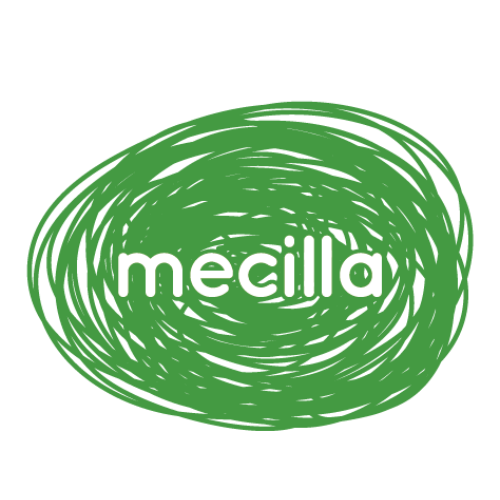Recycled PET
The idea of sustainability being based on a ‘circular economy’ model is gaining many converts. It is based on converting a supply chain into closed materials loop.
An example of the Cradle-to-cradle idea would be taking a bottle, recycling it into a t-shirt, then a hat, then back into a bottle – all that’s needed is energy to melt down and reform the plastic.
In a normal economy “natural capital” is taken, such as Organic cotton; then energy is put in to turn it into something useful, then later we dispose of it. Some may be recycled, much is wasted and much of the replacement will come from more new natural capital.
Cradle to cradle (C2C) design is based on the idea of designing something using an eternally recyclable material designed specifically to be remade into something else, without additional material input, so all you need is energy to change its form. Therefore there is material sustainability: If the “loop” of recycling is powered by sustainable, renewable energy, C2C life cycles could be a very sustainable system indeed, cutting out destruction and waste of natural capital.
Isn’t this just recycling?
Think of C2C as Recycling mk2. It has been hard to do this in the past because designers don’t need to consider exactly how the item will be recycled, just that waste can be recycled if the recycler is determined enough. If products are designed with the economics of deconstruction in mind (kind of like the opposite of Henry Ford, who developed the economics of construction with mass-production), it would be both much easier and more affordable to recycle. But importantly, the recyclability of everything would improve. With designers on board, this becomes closer to cradle-to-cradle sustainability.
C2C has a lot of potential. At the moment though, it is of course theoretical, and it does not pretend to offer a perfect solution right out of the box, but it is possible: Recycling PET bottles and bags into jackets, and back, is already being done by some textiles companies and although the transport distances are large this is mainly due to the embryonic stage of the market.


